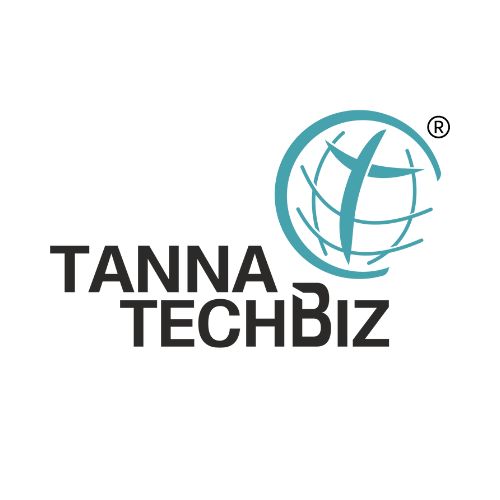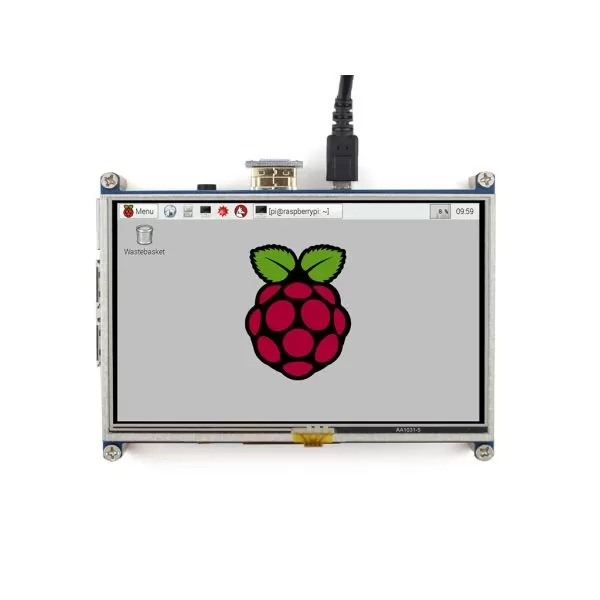electronics

May 26,2025 • 5 min read
Raspberry Pi HDMI vs GPIO Displays: Which One Should You Use?

Ever tried to connect a screen to your Raspberry Pi and felt overwhelmed by the choices? HDMI or GPIO? It sounds technical, doesn’t it? But don’t worry — we’re going to break it down in a simple, friendly way.
Think of your Raspberry Pi as a smartphone without a screen. You need a way to see what’s going on inside. That’s where displays come in. But should you go with the standard HDMI port or dive into the GPIO pins? Let’s find out which Raspberry Pi display option is best for you.
What is a Raspberry Pi?
The Raspberry Pi is a tiny, affordable computer used by hobbyists, students, and professionals around the world. It’s a blank canvas for all sorts of tech projects — from learning to code to building robots.
Why Do You Need a Display for Raspberry Pi?
Imagine using a phone with no screen — impossible, right? A display lets you see the Raspberry Pi’s interface, interact with your programs, and bring your projects to life. Whether it’s a weather station or a smart mirror, the right display is key.
What is an HDMI Display?
HDMI (High-Definition Multimedia Interface) is what you typically use to connect your TV, monitor, or projector. With Raspberry Pi, HDMI displays are plug-and-play. You just plug it in, and you’re good to go — no fuss, no muss.
What is a GPIO Display?
GPIO (General Purpose Input/Output) pins are those little gold pins on the Pi board. GPIO displays connect directly to these pins, offering more flexibility and control — but with a steeper learning curve.
Think of HDMI as a paved road, and GPIO as a dirt trail you can customize any way you like — but you might get your hands dirty.
Ease of Use: HDMI vs GPIO
If you’re new to Raspberry Pi, HDMI displays are far easier to use. Just connect the cable, power it up, and voilà — the display works. GPIO displays, on the other hand, require wiring and sometimes even soldering. Not exactly beginner-friendly.
Performance and Display Quality
HDMI displays often offer better resolution and faster refresh rates, making them ideal for video playback or GUI-based projects. GPIO displays tend to be smaller and may not support high resolution or smooth visuals.
So, if you're planning to watch videos or need a crisp interface, HDMI is your best bet.
Power Requirements and Efficiency
GPIO displays usually draw power directly from the Raspberry Pi. While this saves on wiring, it can also put a strain on the Pi’s limited power supply. HDMI displays typically need external power, especially larger ones, but that also means they don't overburden the Pi.
Touchscreen Support and Compatibility
Many GPIO displays come with built-in touchscreens, ideal for creating interactive gadgets like control panels or smart home hubs. While HDMI touchscreens exist, they are often pricier and may need extra configuration.
Cost Comparison
GPIO displays are generally cheaper, especially smaller models. HDMI monitors tend to cost more, particularly with touchscreen support. However, prices have dropped recently, so the gap isn’t as wide as it used to be.
Project Type and Use Case Scenarios
-
Media Center: Go HDMI for high-quality video.
-
IoT Dashboard: GPIO works well and keeps things compact.
-
Gaming Console: HDMI is a must for responsive gameplay.
-
Smart Mirror or Touch Interface: GPIO touchscreen is ideal.
-
Portable Pi Device: GPIO displays are lightweight and travel-friendly.
Portability and Size Considerations
GPIO displays shine when space is tight. They’re compact and often mount directly onto the Pi. HDMI displays are bulkier and require more desk space — great for desktop use, not so much for handheld projects.
Software Setup and Drivers
HDMI displays require little to no configuration. Plug it in, and Raspberry Pi OS recognizes it instantly. GPIO displays might need special drivers or software tweaks, which can be tricky for beginners but manageable with community help.
Community Support and Tutorials
Because HDMI is standard, you’ll find tons of tutorials for Raspberry Pi HDMI display projects. GPIO displays are also popular, but you might need to dig a little deeper or read documentation closely.
Which Raspberry Pi Display Should You Choose?
Here’s the bottom line:
-
Choose HDMI if you want ease, high-quality visuals, or are building a desktop-style setup.
-
Choose GPIO if you're working on a compact, touchscreen project or love to tinker.
Think of it like choosing between automatic and manual transmission. HDMI is like automatic — simple, smooth, and user-friendly. GPIO is like manual — more control, but more effort.
Conclusion
Picking the right Raspberry Pi display isn’t about what’s "better" — it’s about what’s better for your project. Whether you’re building something fun, functional, or futuristic, understanding HDMI and GPIO options helps you make the right choice. Whichever route you take, the Pi community has your back.
Tanna TechBiz LLP Details
User Profile
- Full name
- Tanna TechBiz LLP
- Email address
- seotannatechbiz@gmail.com
- Join Date
- 2025-05-22
- State
- Gujarat
- City
- Rajkot
- Pincode
- 360001
- Address
- VrajBhoomi, 22, New Jagnath Plot, Near Dr. Dastoor's Hospital, Dr. Yagnik Road, Rajkot, Gujarat, India
- Follow us on Facebook
- Tannatechbiz
- Follow us on Twitter
- Website Name
- https://tannatechbiz.com/
- Bio
- Tanna TechBiz LLP: Trusted distributor of top open-source hardware brands, empowering innovators with cutting-edge tech.